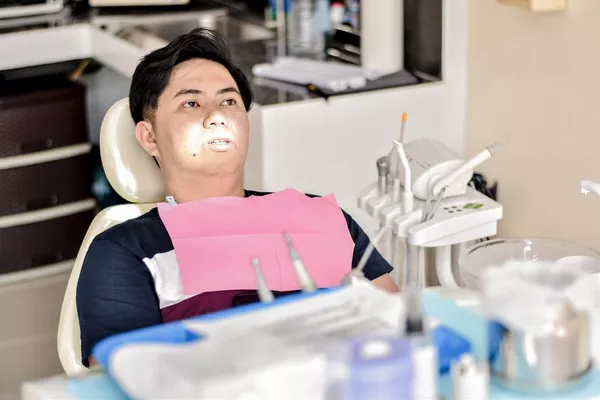Orthodontic treatment is a common procedure to correct teeth misalignment, such as an overbite. An overbite occurs when the upper front teeth overlap the lower front teeth excessively. This condition can cause dental problems, including chewing difficulties and speech impediments. Moreover, it may affect people’s self-esteem and confidence, especially if they feel that their facial appearance is not aesthetically pleasing. One of the questions that patients often ask is whether fixing an overbite changes face shape.
In this article, we will explore the possible ways that orthodontic treatment for overbite can change face shape. We will also discuss the factors that influence the outcome of the treatment and how to maintain the results.
How does an overbite affect face shape?
An overbite can have different effects on the face shape, depending on the severity of the condition and the individual’s facial features. In general, an overbite can make the chin appear smaller and the mid-face area (cheeks and nose) more prominent. This is because the upper front teeth push the upper jaw forward, causing the maxilla (the bone that supports the upper teeth) to protrude. This, in turn, affects the position of the mandible (the bone that supports the lower teeth) and the chin.
Moreover, an overbite can create a deep fold between the nose and the lips, known as the nasolabial fold. This fold can make the face look older and less attractive. Additionally, some people with an overbite may develop a habit of mouth breathing, which can affect the development of the face and lead to other health issues.
How can orthodontic treatment change face shape?
Orthodontic treatment for overbite aims to realign the teeth and jaws to improve function and aesthetics. The treatment typically involves wearing braces or clear aligners for a period of several months to a few years. During this time, the orthodontist applies gentle pressure to the teeth to move them into the desired position.
In some cases, orthodontic treatment for overbite may involve other procedures, such as jaw surgery or tooth extraction. These procedures are usually recommended for severe cases where the misalignment affects the bite function and the facial appearance significantly.
So, how can orthodontic treatment change face shape?
Here are some possible ways:
Improve chin projection:
By correcting the overbite, the orthodontist can improve the position of the mandible and create a more prominent chin. This can enhance the balance and proportion of the face and make it appear more attractive.
Reduce nasolabial fold:
By moving the teeth and jaws into the correct position, the orthodontist can reduce the depth of the nasolabial fold and create a smoother transition between the nose and the lips. This can make the face look younger and more refreshed.
Enhance mid-face contour:
By adjusting the position of the upper jaw, the orthodontist can improve the contour of the mid-face area, including the cheeks and nose. This can make the face appear more symmetrical and balanced.
However, it is important to note that the extent of these changes depends on several factors, such as the severity of the overbite, the age of the patient, and the individual’s facial structure. In some cases, the changes may be subtle, while in others, they may be more noticeable.
It is also essential to understand that orthodontic treatment for overbite does not aim to change the fundamental features of the face, such as the size and shape of the nose or the eyes. Instead, the treatment focuses on improving the alignment and proportion of the teeth and jaws to enhance overall facial harmony.
How to maintain the results of orthodontic treatment?
Maintaining the results of orthodontic treatment for overbite requires a collaborative effort between the patient and the orthodontist. After the braces or clear aligners are removed, the patient needs to wear retainers to prevent the teeth from shifting back to their original position. The orthodontist will provide specific instructions on how long and how often to wear the retainers.
Moreover, it is crucial to maintain good oral hygiene habits, such as brushing and flossing regularly, to prevent tooth decay and gum disease. A healthy diet rich in calcium and vitamin D can also help keep the teeth and bones strong.
Finally, it is essential to follow up with the orthodontist regularly to monitor the progress and make any necessary adjustments. The orthodontist may recommend periodic check-ups and cleanings to ensure that the teeth and gums remain healthy.
Conclusion
Orthodontic treatment for overbite can improve both the function and aesthetics of the teeth and jaws. While the treatment may change certain aspects of the face shape, such as chin projection and mid-face contour, it does not aim to alter fundamental facial features.
Related Topics:
































